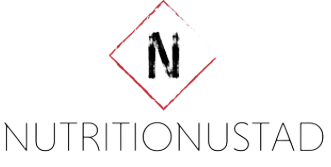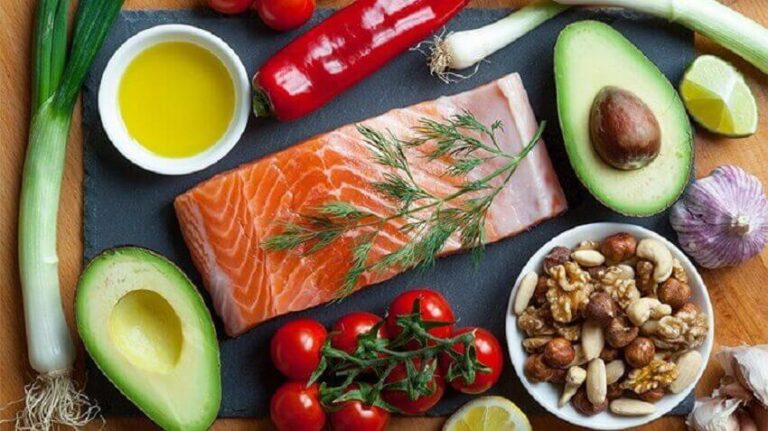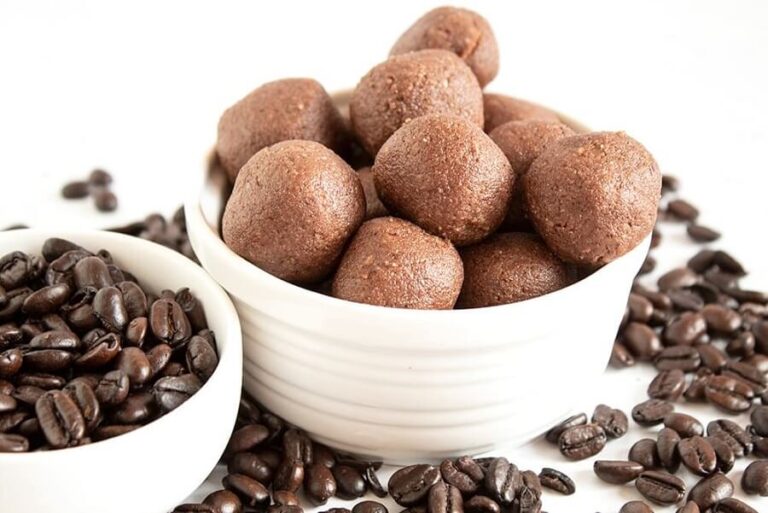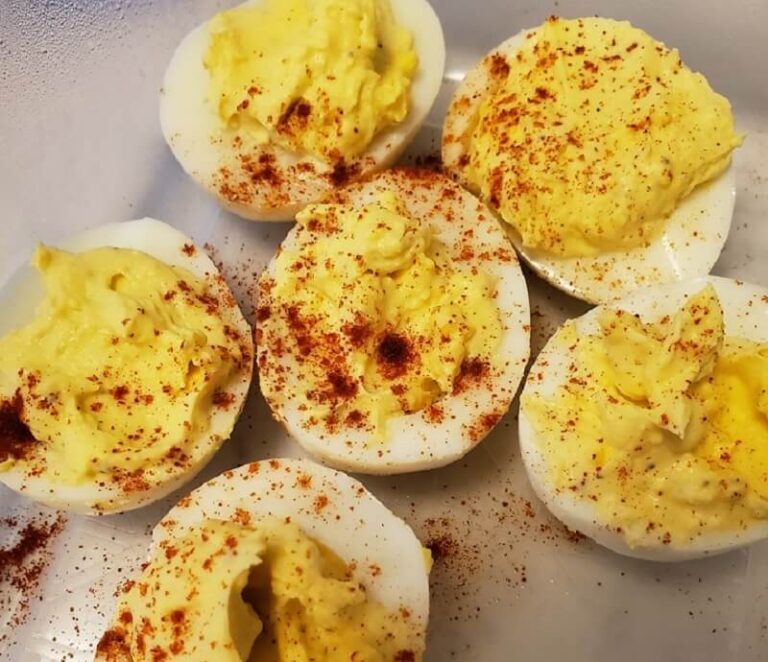The ketogenic diet is a type of high-fat, low-carbohydrate restrictive diet. While it is a quick method to lose weight, doing it wrong can have consequences.
In this diet, you will have to eliminate many vegetables, limit fruits and cereals, and sauces, juices, and sweets.
Doing so will lead you into ketosis, the metabolic state that triggers your body to burn fat instead of carbohydrates. But mistakes in doing it can cause other unwanted changes in your body.
If you are a beginner on the ketogenic diet, you must avoid these mistakes to get it right.
7 Common Mistakes When Going On The Keto Diet
However, because carbohydrates are found in almost all foods and fats come in various forms (not all are healthy fats ), it can be easy to make mistakes. The following are the most common mistakes on the keto diet:
- Excess unhealthy fats
One day you’re eating cereal, sandwiches, and pasta, and the next day you decide to go keto and consume only 40-50 grams of carbs per day.
Replace them; you need creativity and know which fats are good. Foods with saturated and trans fats: meats, cold cuts, bacon, and margarine can be part of the keto diet but in tiny amounts.
Consuming these types of fats is associated with an increased risk of certain types of cancer and heart disease. If you are about to start the diet, consume coconut oil, olive oil, and nuts.
- I am not drinking enough water.
One of the most common keto mistakes is not getting enough fluids. The drastic reduction in carbohydrate intake on the ketogenic diet can cause changes in the fluid balance in the body.
Carbohydrates (carbohydrate water) are stored together with water in the body. When eliminating them, the water is lost along with them. So by doing the ketogenic diet, dehydration is more likely. Make sure to increase the amount of water you drink per day.
- Do not eat vegetables or fruits.
Most fruits and vegetables have carbohydrates. So when doing the ketogenic diet, you have to limit them.
However, it is not about eliminating them from the diet. If you’re a keto beginner, educate yourself about low carb fruits.
This is the best way to avoid side effects and contraindications due to a lack of vitamins and minerals.
In addition, certain green foods, leaves, broccoli, lettuce, and asparagus, are low in starch, so they are allowed and help prevent constipation.
- Get obsessed with counting net carbs and forgetting about food quality.
Obsessing over counting net carbs is one of the most common mistakes made by beginners. While it is essential for entering ketosis, it should not be the most important.
By counting macros, you make sure your glucose levels are low. But if you do not provide enough vitamins and healthy fats such as Omega-3, you can indeed have consequences in the body due to a lack of nutrients.
Reducing the number of carbohydrates can help you lose weight and prevent diabetes, but if you do not provide quality foods that provide essential nutrients, your metabolism will be impaired.
- Do not increase the number of electrolytes.
The electrolytes are essential minerals to maintain water balance in your body. When doing the ketogenic diet, these are more difficult to retain and are eliminated through the urine.
An easy way to avoid this mistake is to increase the amount of salt in your food. In addition, you can prepare isotonic drinks (make sure not to add sugar) and combine them with keto supplements.
- Forget eating foods rich in Omega-3.
Choosing the wrong fats is one of the most common mistakes in keto beginners. When starting keto, be sure to eat foods rich in Omega-3. In particular, those that contain EPA, ALA, and DHA.
Some examples of foods are fish meats: tuna, salmon, and seafood. If you decide on a vegetarian ketogenic diet, you can incorporate chia seeds or chia oil into your diet. Other foods with Omega-3 vegetables are flax seeds and avocado.
- Overdoing it with the number of sugar substitutes
Most sugar substitutes are low in carbohydrates, so they are allowed on the ketogenic diet. The problem with overdoing it isn’t that it can get you out of ketosis; instead, it can generate an addiction to the stimulus of sweet foods.
Several studies state that they should be consumed in moderation when it comes to losing weight. The reason is that when the sweet taste reaches the mouth, the brain triggers similar mechanisms in the body to those that occur when we eat sugar. (4,5)
When the brain gets used to this stimulus, it automatically goes on auto-pilot, searching for carbohydrates. For this reason, one of the common mistakes when doing the keto diet is excess sweeteners.
Creating a keto menu with a nutritionist can help reduce mistakes.
The ketogenic diet can be used as a treatment for people who are overweight and obese. It can also be a method used to prevent insulin resistance. However, doing it alone and not consulting a nutritionist specializing in the subject can be risky.
A doctor or specialized nutritionist can help you avoid the most common mistakes when doing this diet. Indeed, some do not agree with addressing being overweight with restrictive diets, mainly if you take medications, so it is recommended that you consult with a professional who has extensive knowledge on the subject.
ABSTRACT
- The ketogenic diet is a low-carbohydrate eating method that can be used to shed body fat.
- However, a beginner often makes several mistakes when doing this diet. The most common is a poor choice in fats, as well as a lack of vegetables and fruits.
- Errors in the ketogenic diet can lead to a lack of nutrients and cause unwanted side effects.







